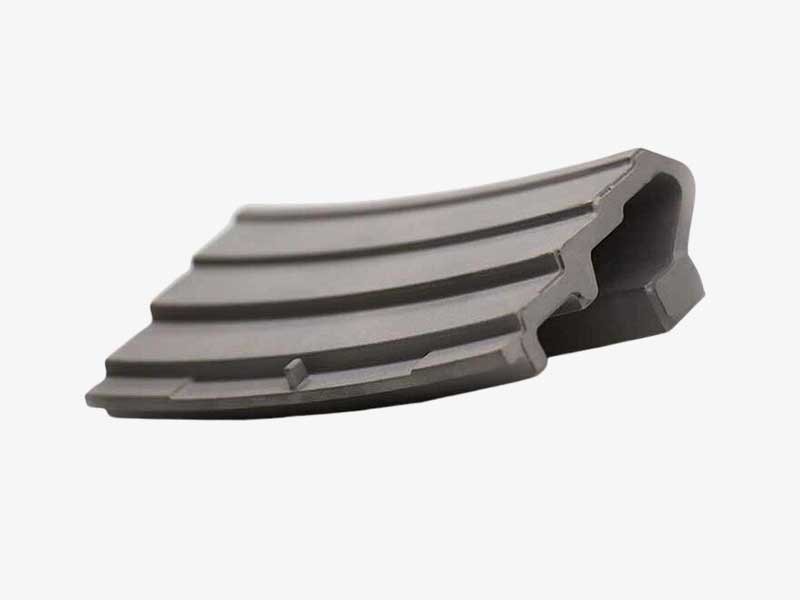In turbomachinery, the turbine segment is a part composed of multiple turbine blades and other components. These segments work together to achieve energy conversion, converting the energy of the fluid into mechanical energy.
Different turbine applications may have turbine segments of different designs and specifications, which need to have specific performance and characteristics to adapt to the corresponding working environment and requirements. Its manufacturing process also involves a variety of processes and technologies to ensure the quality and reliability of the segments.

Energy conversion:
The blades convert the kinetic energy of the fluid into mechanical energy, driving the turbine to rotate, thereby driving the connected equipment (such as generators, compressors, etc.) to work.
Boosting and compression:
In a turbocharger, the blades increase the output power and efficiency of the engine by compressing the intake air.
Power generation:
In a steam turbine, high-temperature and high-pressure steam drives the turbine blades to rotate, thereby generating mechanical work to drive the generator to generate electricity.
Industrial application:
Turbine arc segments are also widely used in industrial fields, such as gas turbines, turbine blades in chemical equipment, etc., to drive mechanical equipment such as compressors and pumps.
The size and shape of the turbine segment must meet the design requirements to ensure its normal operation in the turbine.
The materials used in the turbine segment must meet the specified standards, including chemical composition, physical properties and mechanical properties.
The surface of the turbine segment must be smooth and free of defects to reduce friction and wear and increase its service life.
The interior of the turbine segment must be free of defects such as pores and inclusions to ensure its strength and durability.
These quality inspection standards are usually formulated by turbine manufacturers or relevant industry standard setting organizations and adjusted according to specific applications and requirements. When conducting quality inspections on turbine segments, various inspection equipment and technologies are usually required, such as three-coordinate measuring machines, non-destructive testing equipment, dynamic balancing machines, etc.
Since turbine segments are complex precision components, their manufacturing requires high-precision machining and assembly technology to ensure that their geometric dimensions and surface quality meet the design requirements and can operate stably for a long time.
High strength and durability
Excellent fatigue performance
Complex shape manufacturing capability
Material diversity